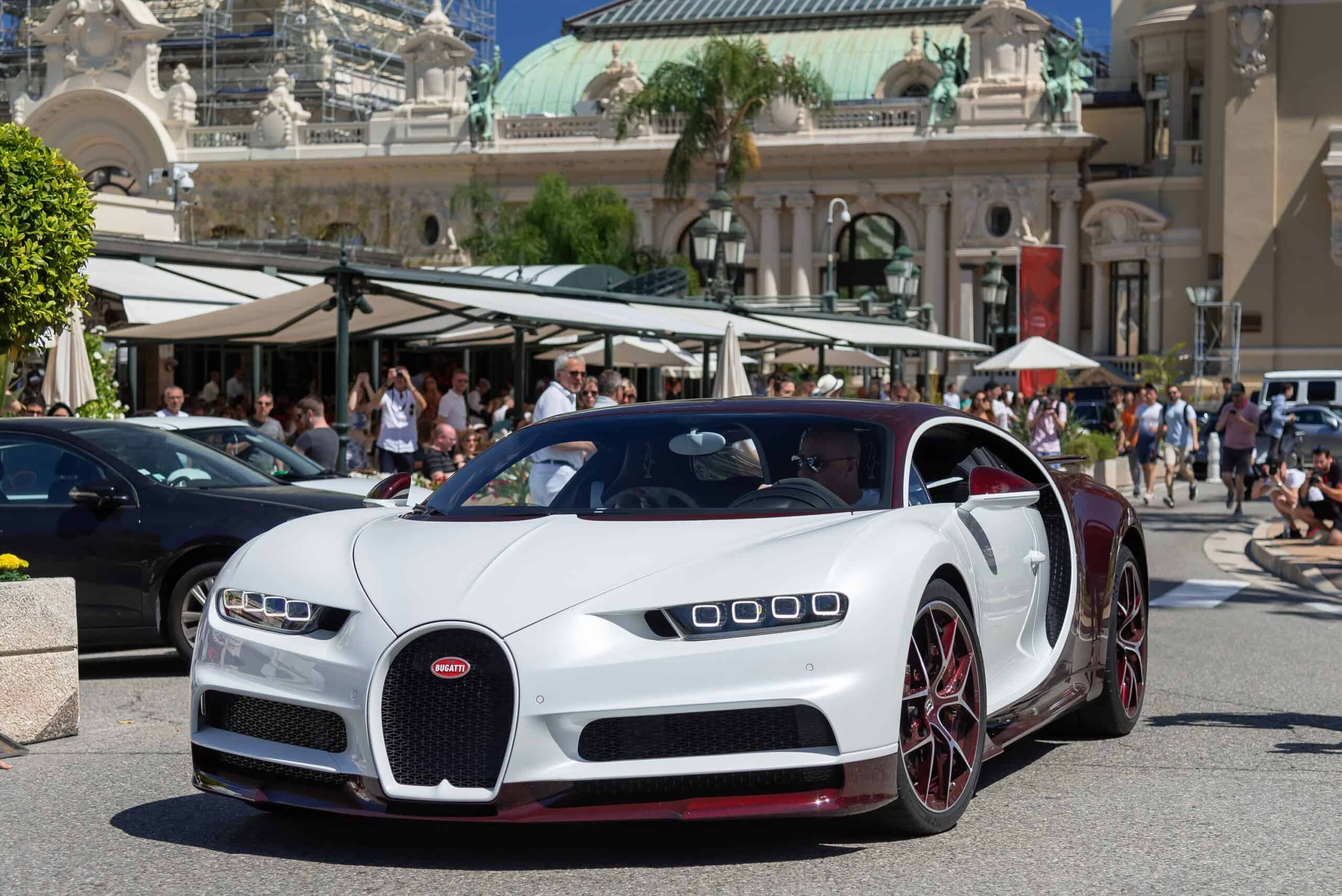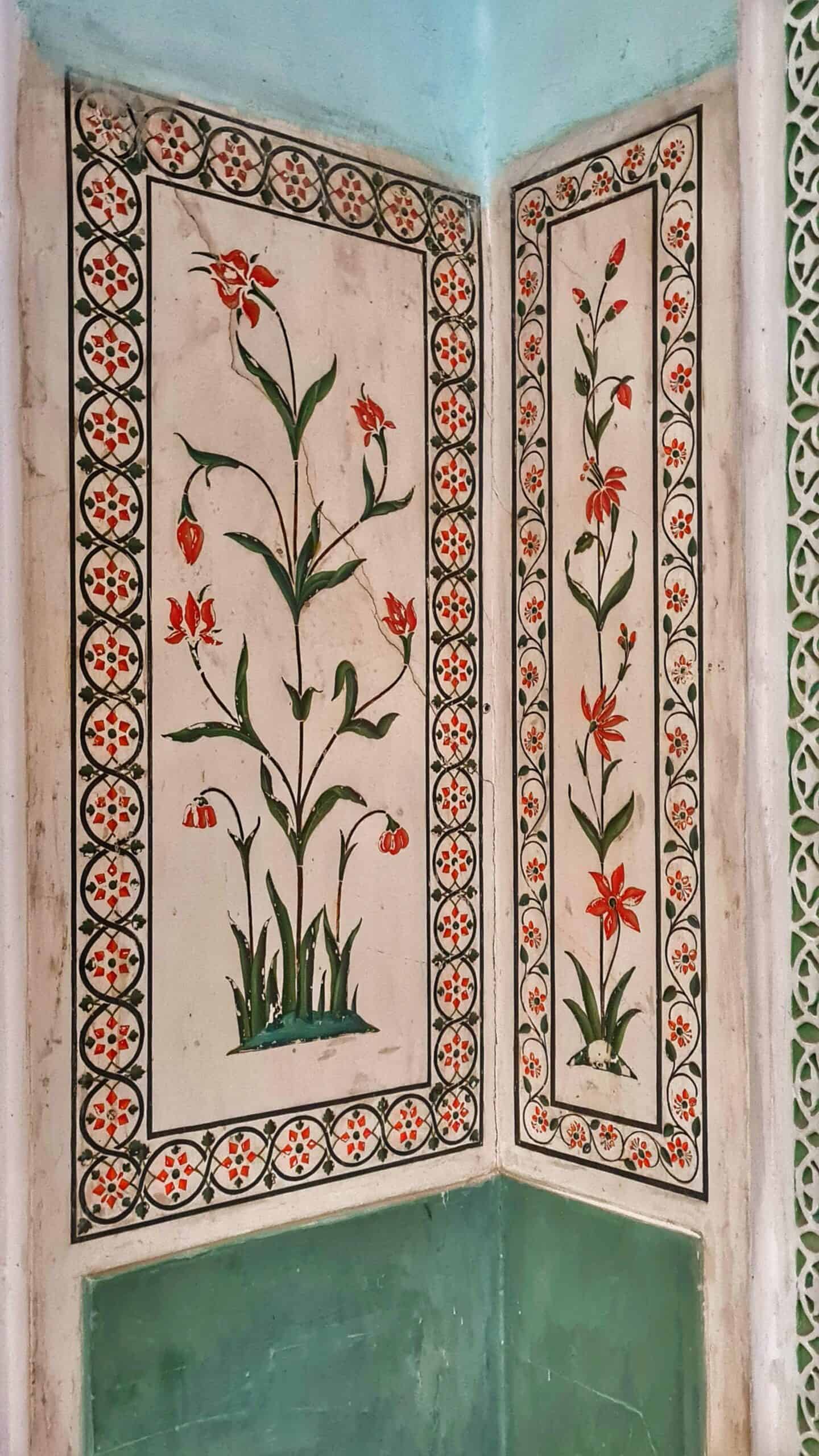Photography is an art form that constantly evolves, with new techniques pushing the boundaries of what’s possible. From capturing fleeting moments in high-speed shots to creating surreal effects with long exposures, innovative photography techniques offer endless opportunities for creativity. In this article, we’ll explore 14 transformative techniques that can elevate your photography to new heights, whether you’re a seasoned professional or just starting out. These methods will help you see the world in a different light and inspire you to experiment with your camera in ways you might not have imagined.
High-Speed Photography
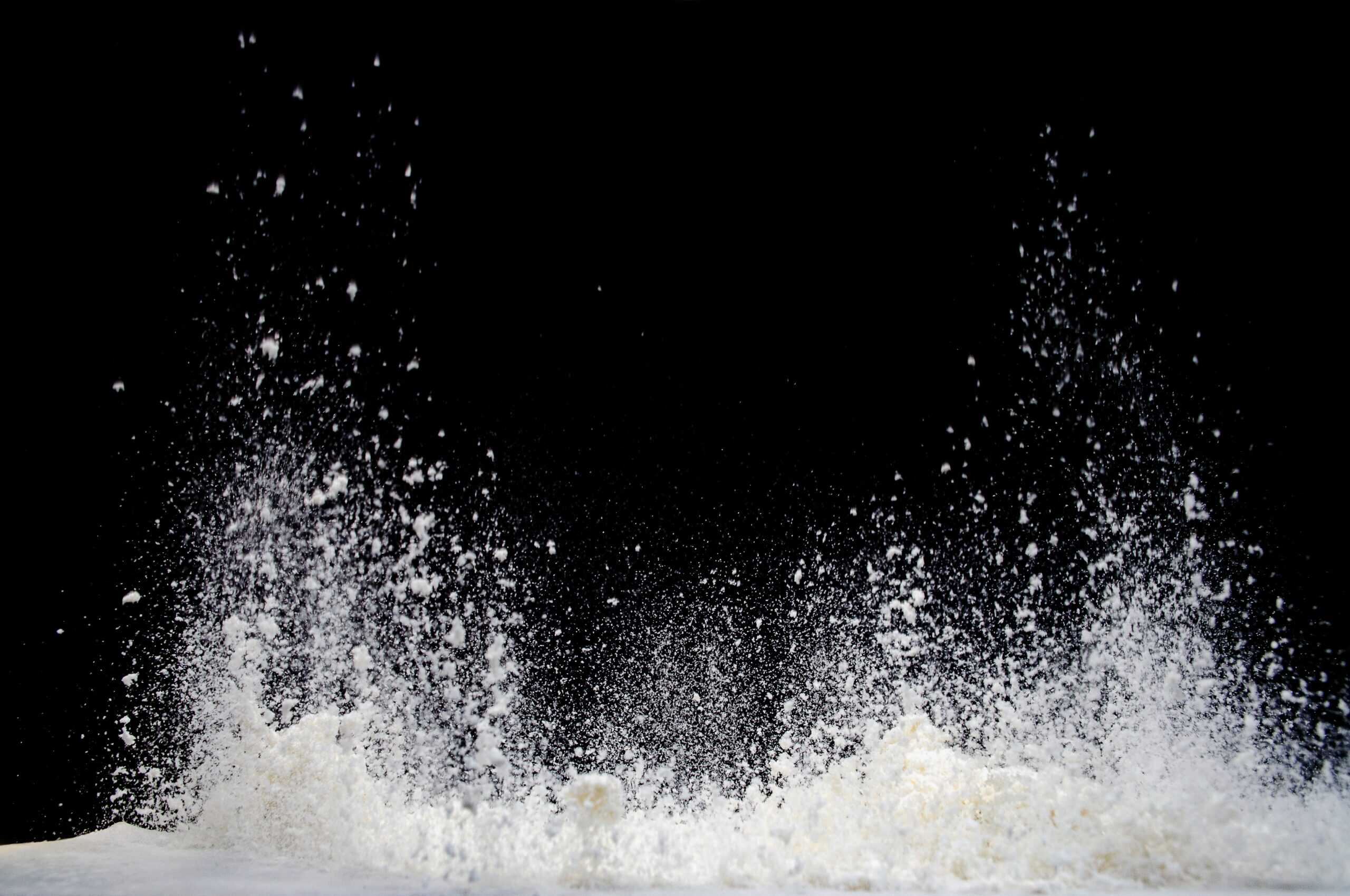
High-speed photography captures moments that happen too quickly for the human eye to see, such as a balloon popping or a droplet hitting a surface. This technique requires a fast shutter speed, often in the range of 1/1000th of a second or faster, to freeze these fleeting moments. The result is a dramatic image that reveals the intricate details of motion that would otherwise be invisible. High-speed photography is particularly effective in capturing action scenes, sports, or any subject involving rapid movement, making it a powerful tool for creating striking visual effects.
Long Exposure Photography
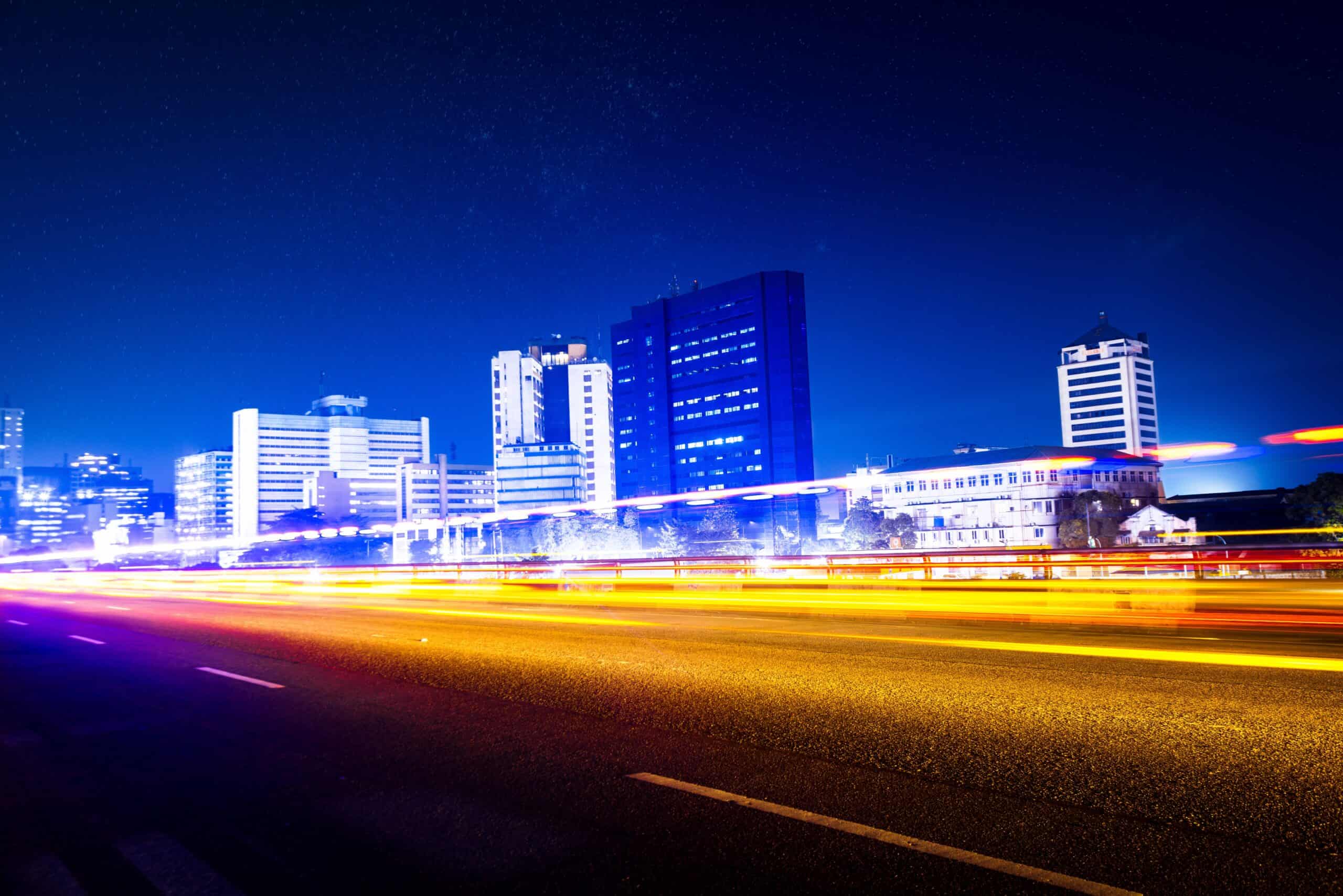
Long exposure photography involves keeping the camera’s shutter open for an extended period, allowing more light to hit the sensor. This technique is often used to capture the passage of time, resulting in smooth, surreal images of motion. For example, flowing water becomes a silky, dreamlike stream, while the lights of moving cars turn into bright trails that snake through the frame. This technique is also popular for capturing star trails in night skies, giving a sense of the earth’s rotation. Long exposure photography transforms ordinary scenes into extraordinary visual narratives by emphasizing movement and time.
Light Painting
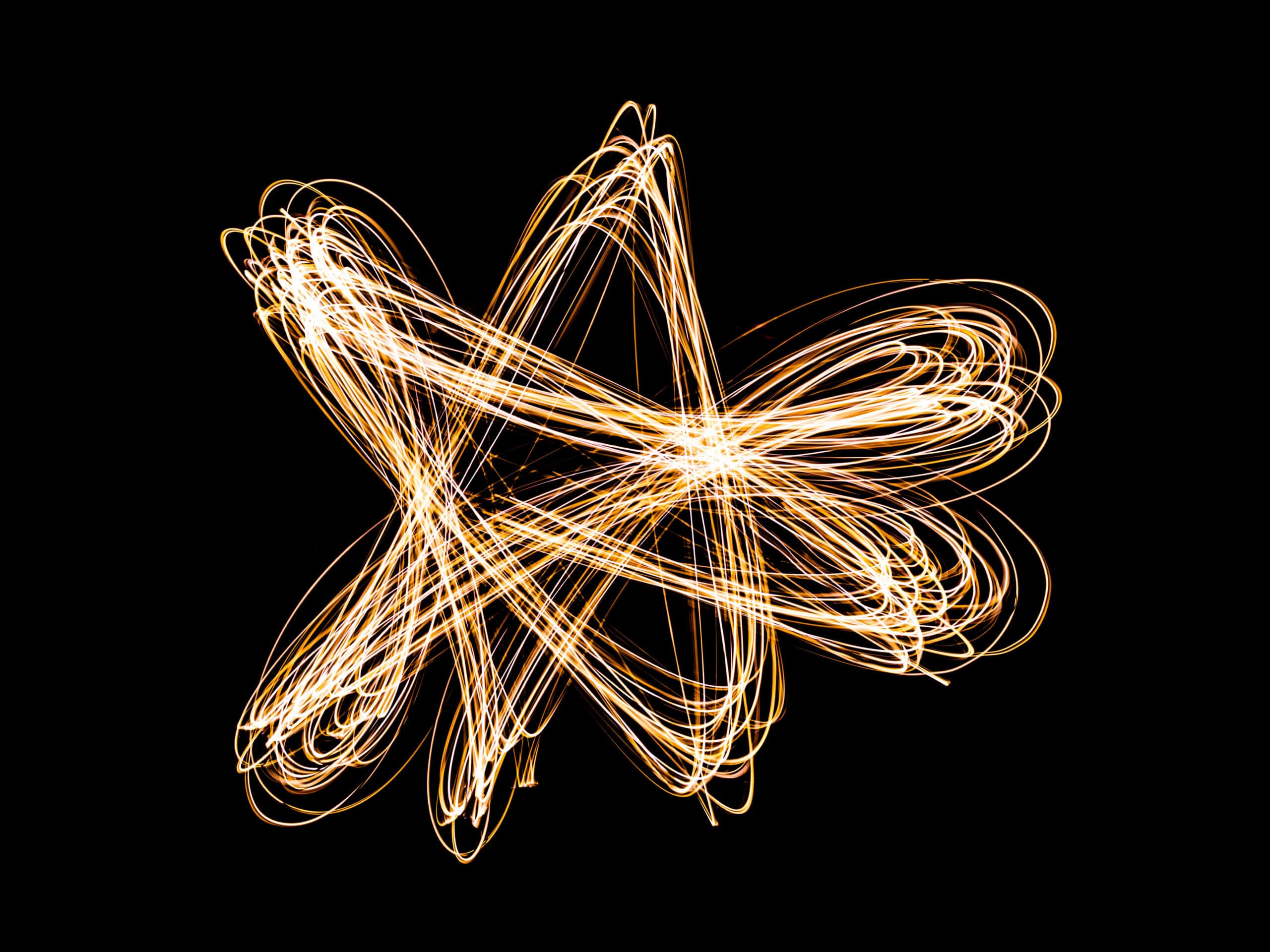
Light painting is a creative technique that involves using a handheld light source to “paint” or highlight parts of a scene while the camera’s shutter is open during a long exposure. This technique allows photographers to create abstract patterns, shapes, or even draw recognizable images within the frame. By moving the light source in specific ways, the photographer can control the outcome, resulting in a unique blend of photography and performance art. The final image often has a glowing, ethereal quality, making light painting a popular technique for creating visually stunning and imaginative photographs.
Double Exposure
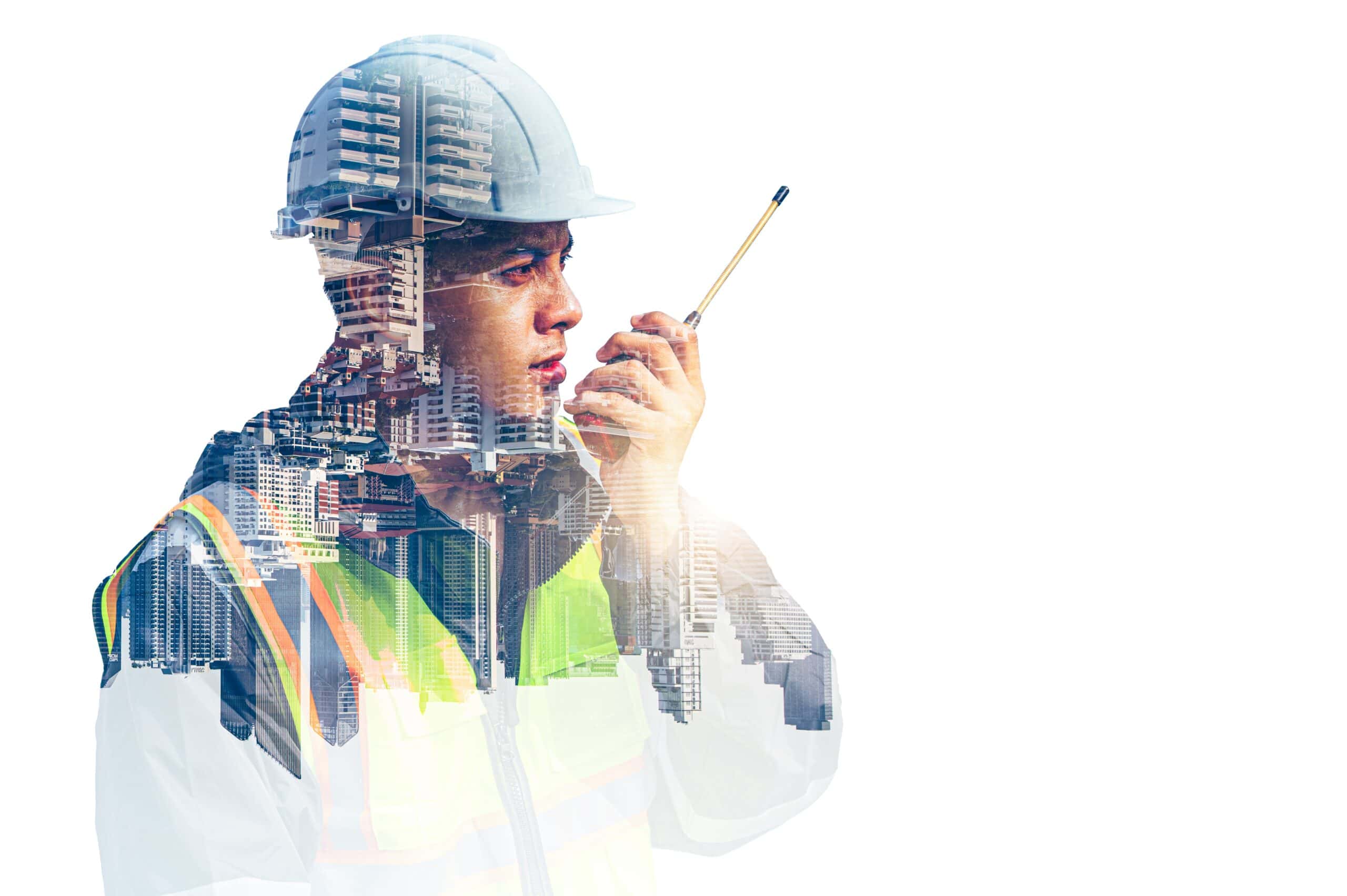
Double exposure photography combines two different images into a single frame, creating a surreal or dreamlike effect. Traditionally done in film photography by exposing the same frame of film twice, this technique can now be achieved digitally with more precision. By merging subjects or textures, such as blending a portrait with a landscape, photographers can produce images that tell a more complex story or evoke a particular emotion. Double exposure adds layers of meaning and depth to an image, making it a powerful technique for artistic expression.
Bokeh Effect
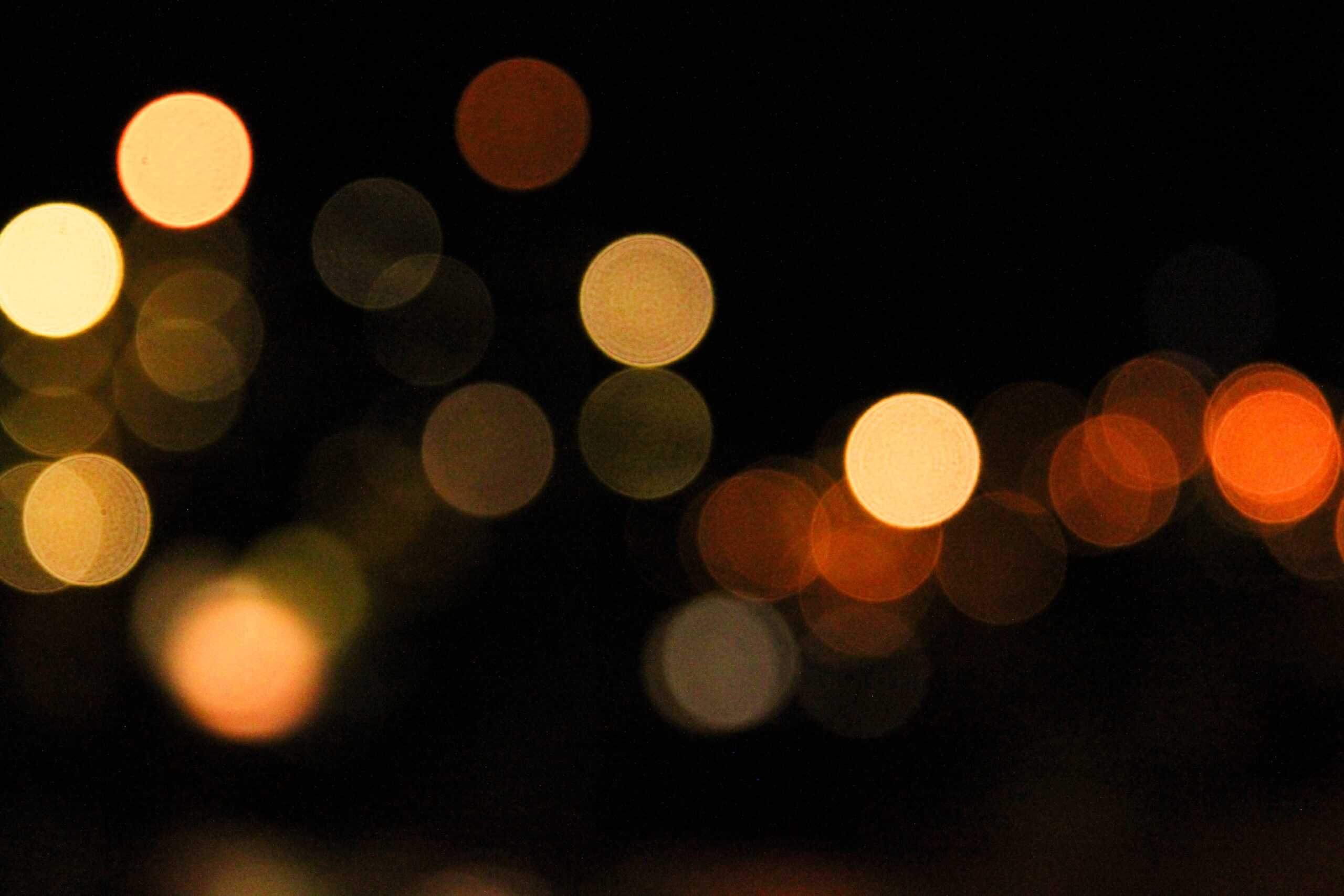
The Bokeh effect is a popular photography technique that focuses on achieving a soft, aesthetically pleasing blur in the out-of-focus areas of an image. This is typically done by using a wide aperture (low f-stop number), which narrows the depth of field. The blurred background contrasts sharply with the in-focus subject, often resulting in visually appealing circles of light that enhance the image’s overall composition. The Bokeh effect is commonly used in portrait photography to draw attention to the subject while creating a dreamy, intimate atmosphere in the background.
Infrared Photography
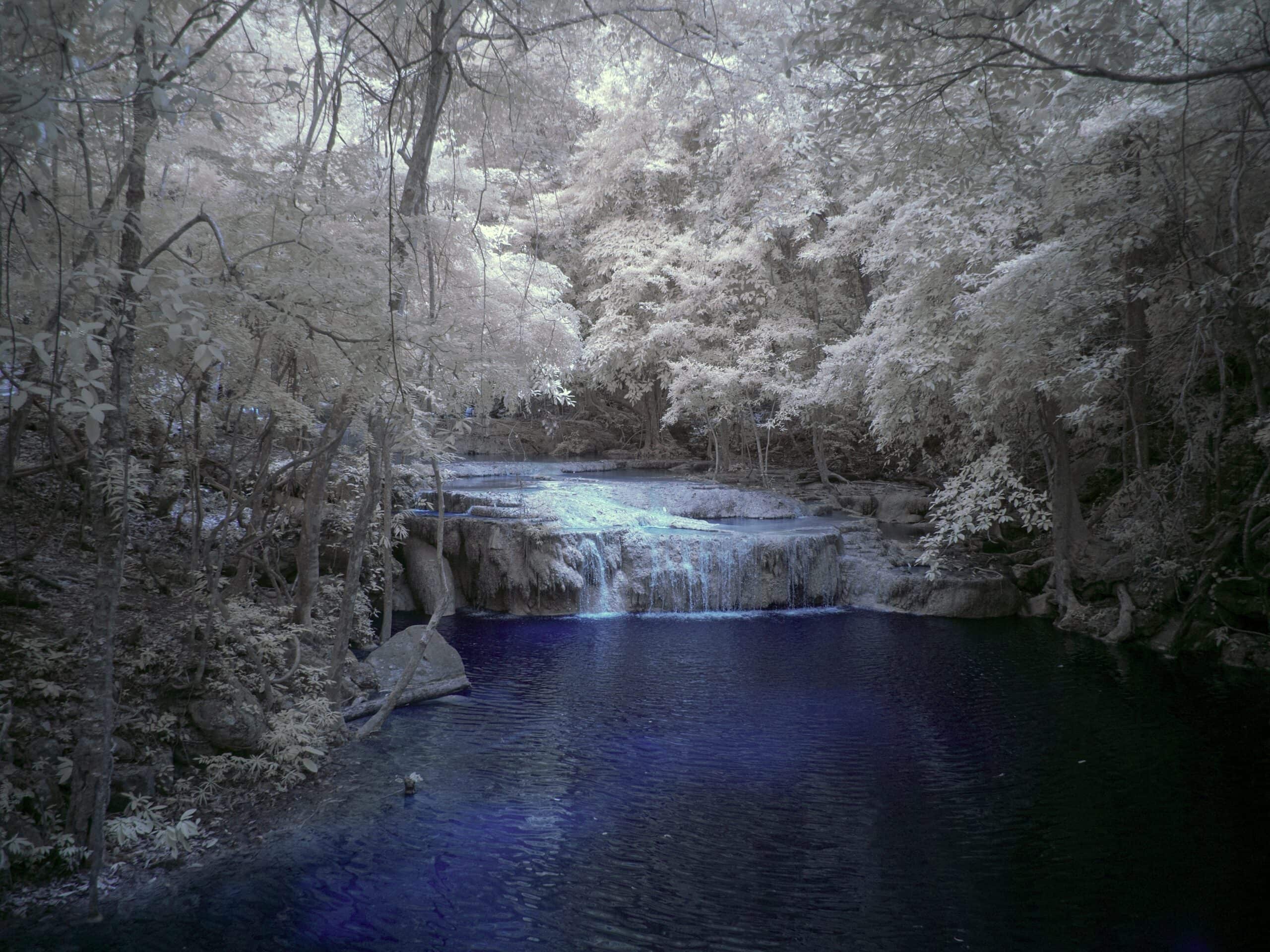
Infrared photography involves capturing images using infrared light rather than visible light. This technique requires special filters or modified cameras that are sensitive to the infrared spectrum. The resulting images often have a surreal, otherworldly appearance, with foliage appearing white or pink and skies taking on a dark, dramatic tone. Infrared photography is particularly effective in landscape photography, transforming everyday scenes into ethereal landscapes that seem to belong to another planet. This technique offers a unique perspective on the natural world, revealing hidden aspects of light that are invisible to the human eye.
Tilt-Shift Photography
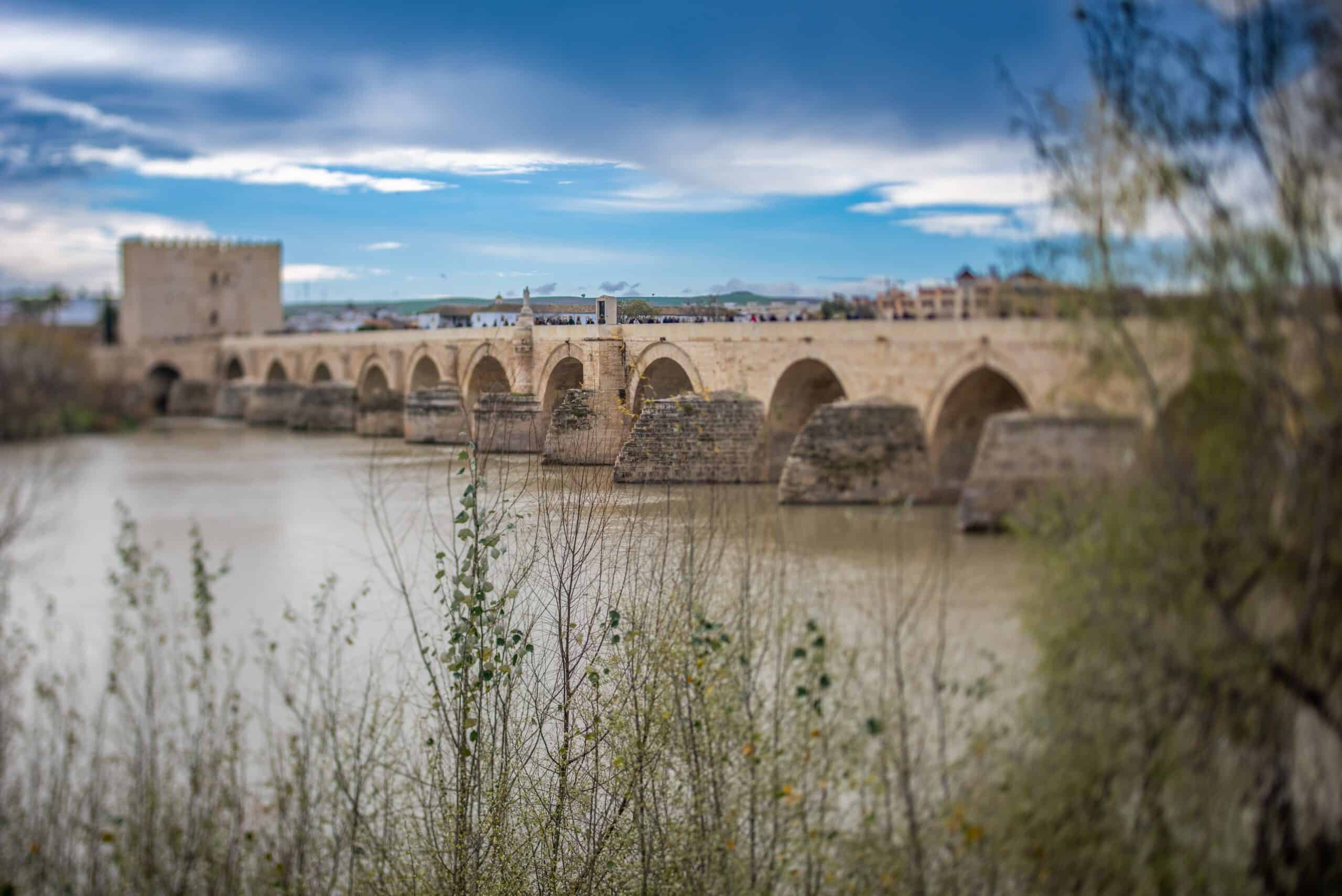
Tilt-shift photography is a technique that manipulates the camera lens to achieve selective focus, often making real-world scenes appear like miniature models. This effect is achieved by tilting the lens relative to the image plane to change the plane of focus, and shifting the lens to alter the perspective without changing the camera’s position. Tilt-shift lenses are typically used in architectural photography to correct perspective distortions, but when used creatively, they can produce a unique “toy town” effect that gives images a whimsical, surreal quality.
Macro Photography
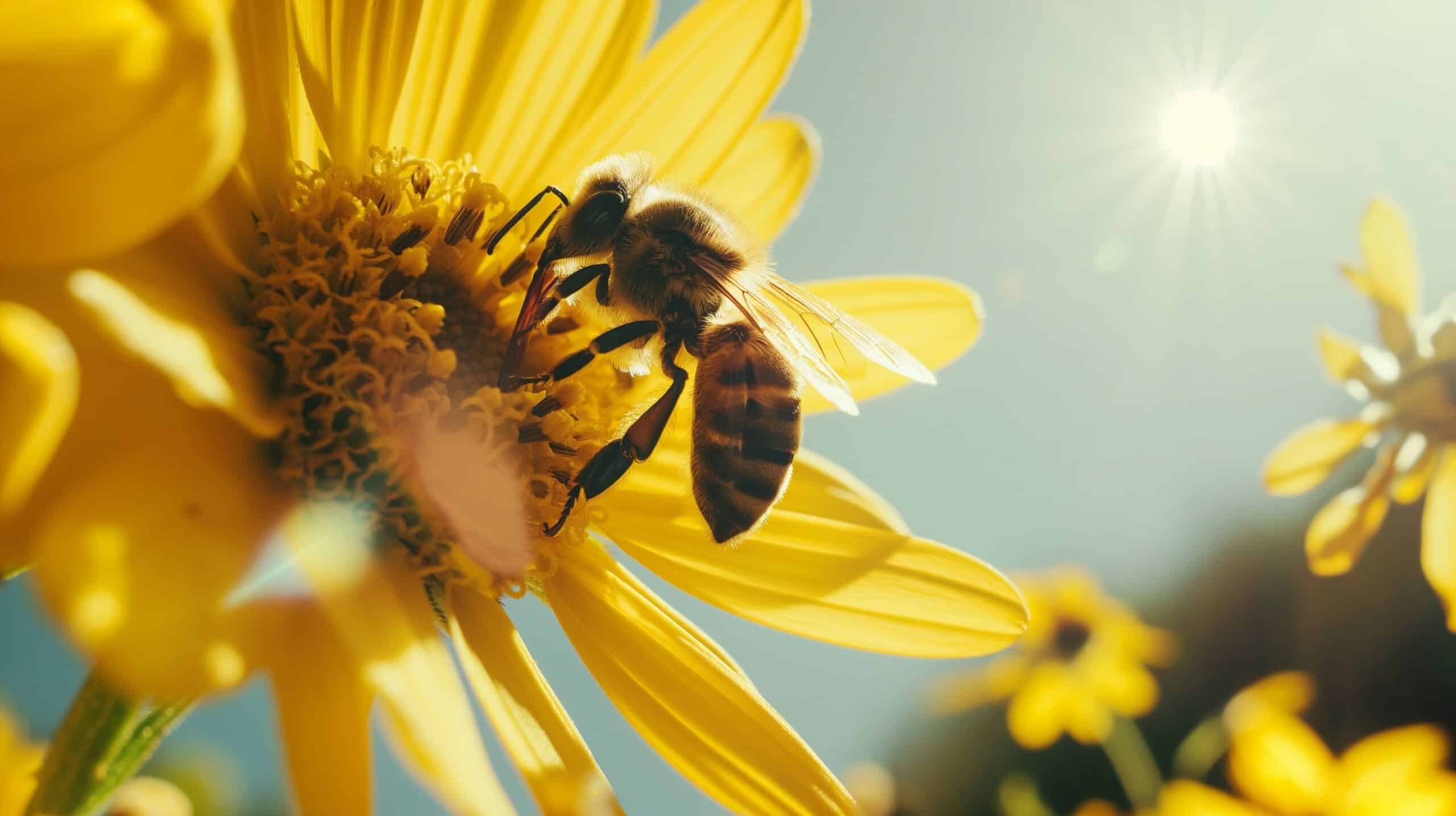
Macro photography is the art of capturing extreme close-up shots of small subjects, revealing details that are often invisible to the naked eye. This technique typically involves using specialized macro lenses that allow photographers to focus on subjects at very close distances, achieving a high level of magnification. Macro photography is commonly used to photograph insects, flowers, and textures, bringing out the intricate patterns and details that make these subjects fascinating. By highlighting the beauty of the small and often overlooked, macro photography opens up a world of detail and complexity in everyday objects.
Time-Lapse Photography
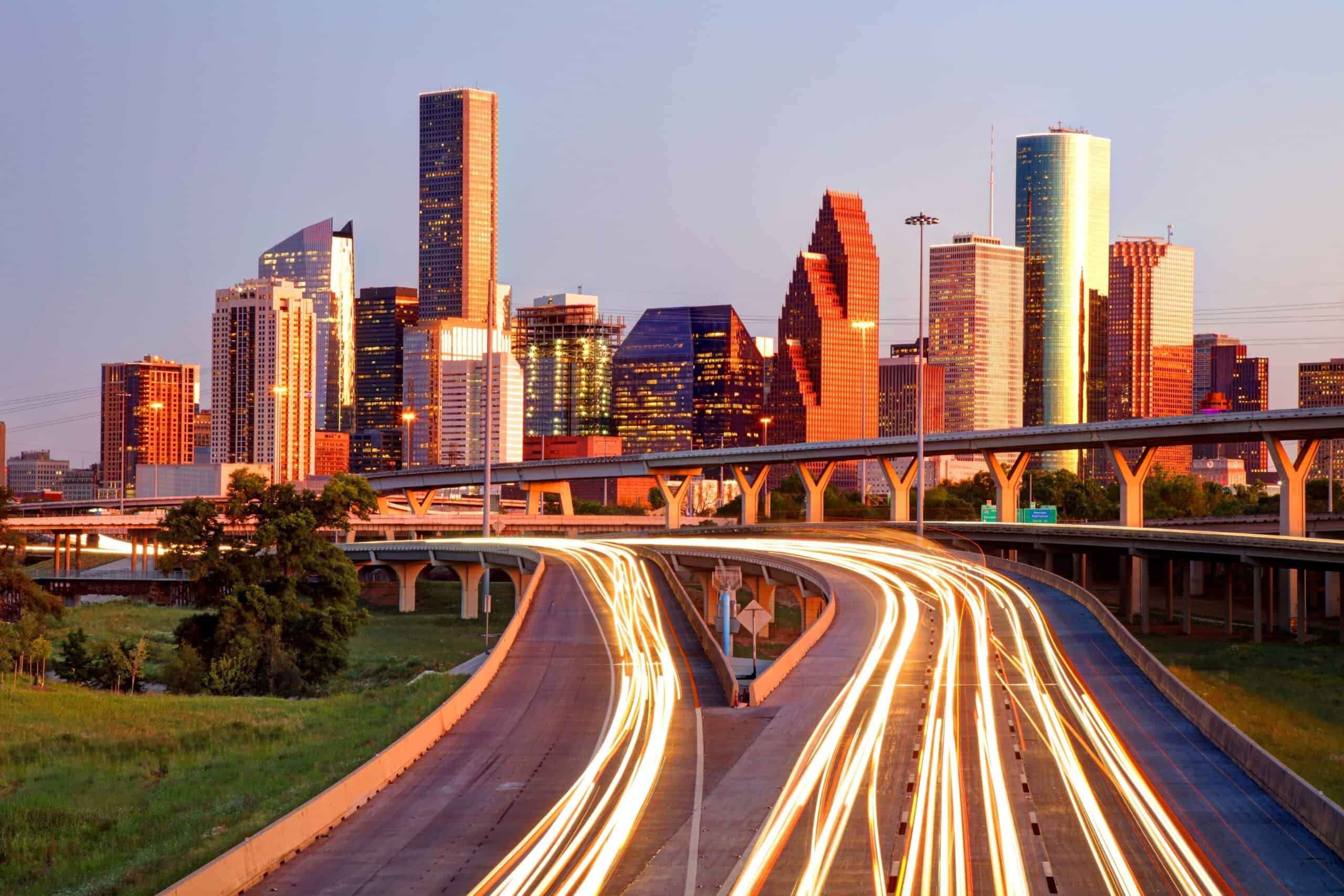
Time-lapse photography is a technique that involves capturing a series of images at set intervals over a period and then combining them into a video that plays back at a much faster rate. This technique compresses time, allowing viewers to see processes that are normally too slow to observe, such as a flower blooming or clouds moving across the sky. Time-lapse photography is particularly effective in showing the passage of time in a dynamic and visually engaging way, making it a powerful tool for storytelling in both photography and videography.
HDR (High Dynamic Range) Photography
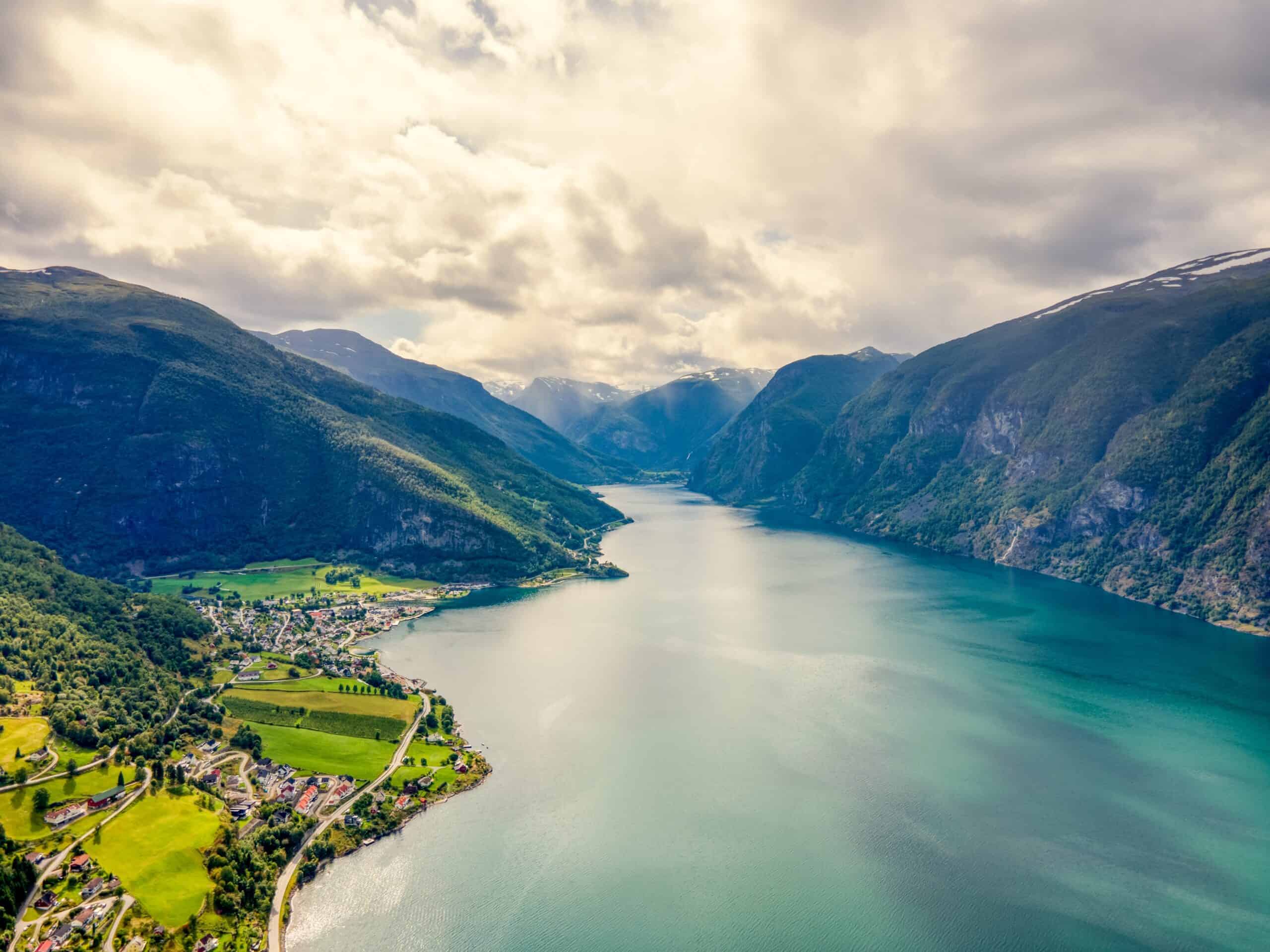
HDR photography involves capturing multiple images of the same scene at different exposure levels and then combining them to create a single image with a greater range of light and dark tones. This technique allows photographers to retain detail in both the shadows and highlights, resulting in a more balanced and vivid image. HDR is particularly useful in challenging lighting conditions, such as scenes with a high contrast between light and dark areas. By enhancing the dynamic range, HDR photography can produce images with a striking level of detail and realism, making it a popular technique for landscape and architectural photography.
Drone Photography
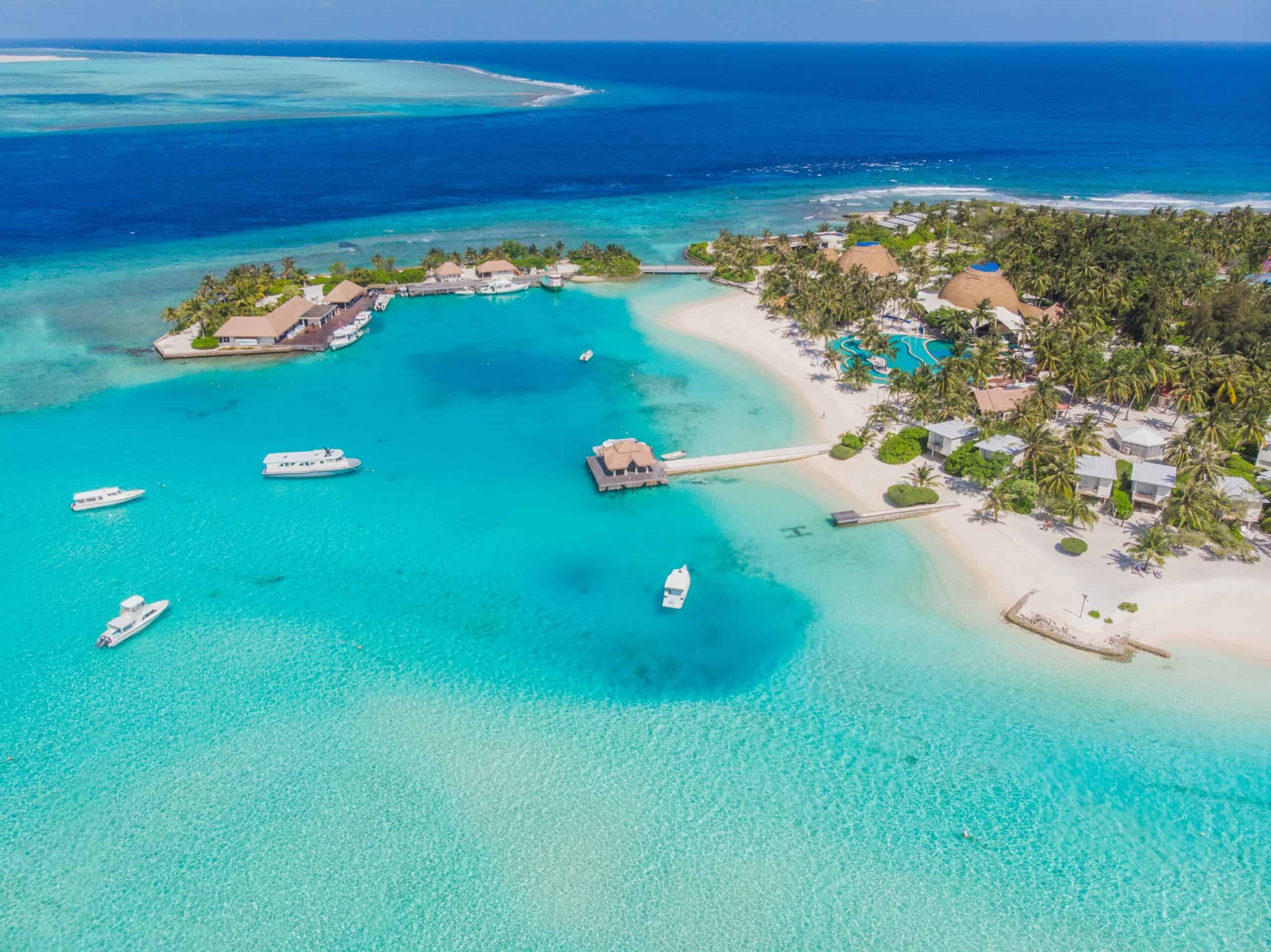
Drone photography involves using drones equipped with cameras to capture aerial shots from angles and perspectives that would be impossible or difficult to achieve otherwise. This technique provides a unique vantage point, allowing photographers to capture expansive views of landscapes, architecture, or events. Drone photography has revolutionized the field of photography, opening up new possibilities for creative expression and storytelling. Whether capturing the sweeping vista of a mountain range or the intricate pattern of city streets, drone photography offers a bird’s-eye view that transforms ordinary scenes into extraordinary images.
Reflections and Mirrors
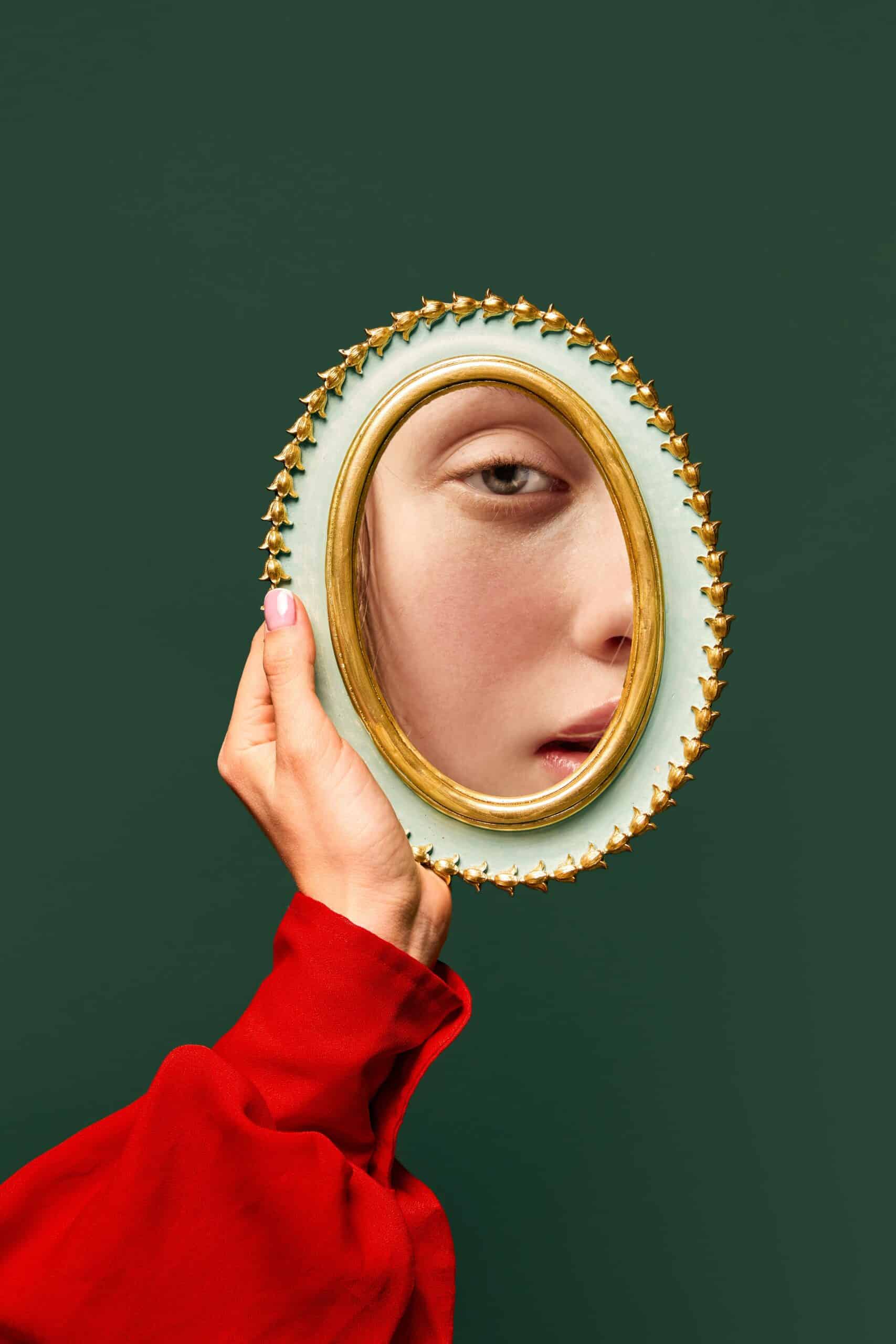
Using reflections and mirrors in photography is a technique that adds depth, symmetry, and complexity to images. By capturing both the subject and its reflection, photographers can create compositions that are visually intriguing and often surreal. Reflective surfaces such as water, glass, or polished floors can be used to double the impact of an image, making it more dynamic and engaging. This technique is particularly effective in architectural photography, where the interplay of light and reflection can highlight the design’s beauty and complexity, creating a sense of harmony and balance in the image.
Forced Perspective
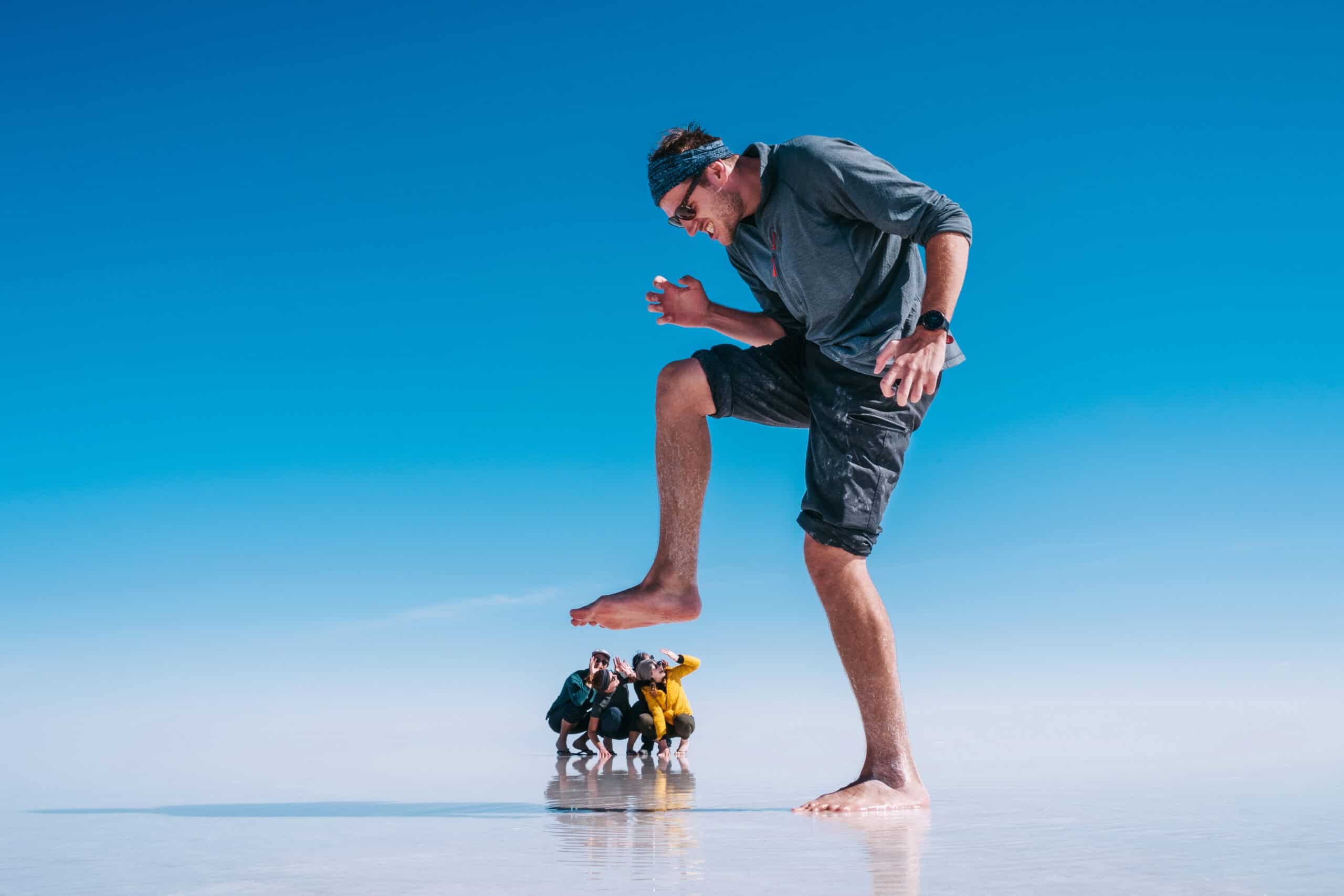
Forced perspective is a photographic technique that plays with the scale and distance between objects to create optical illusions, making subjects appear much larger or smaller than they actually are. This effect is achieved by carefully positioning the camera and the subjects in a way that manipulates the viewer’s perception. Forced perspective is often used in creative photography to produce whimsical or humorous images, such as making a person appear to hold the sun or a tiny object look like it’s being carried by a giant. This technique showcases the power of photography to bend reality and create fantastical scenes.
Panoramic Photography
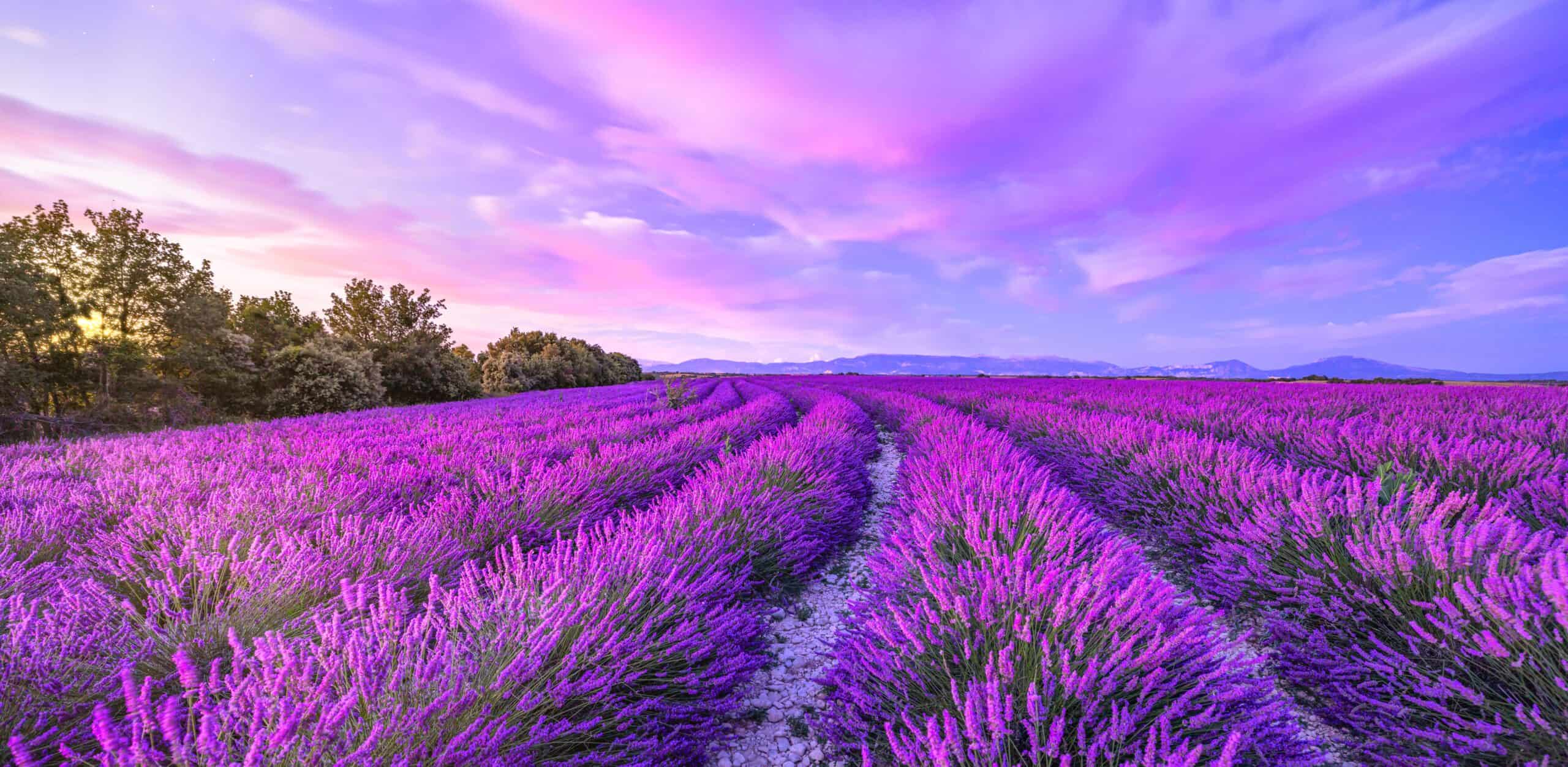
Panoramic photography involves capturing wide, sweeping views by stitching together multiple images taken with the same camera. This technique allows photographers to capture expansive landscapes or cityscapes that would be impossible to fit into a single frame. By carefully aligning and blending the images, a seamless panorama can be created, offering a comprehensive view of the scene. Panoramic photography is particularly popular in landscape photography, where the wide-angle perspective can convey the grandeur and vastness of the natural world. The result is an immersive image that invites viewers to explore the scene in its entirety.
This article originally appeared on Rarest.org.
More from Rarest.org
The world of hypercars represents the pinnacle of automotive engineering and design. These machines are more than just vehicles; they are expressions of power, luxury, and innovation. Read more.
In a world where technology dominates, many traditional art forms have faded into obscurity. These unique crafts, once revered, are now almost forgotten. Read more.
Discovering historical artifacts in one’s backyard can be an exhilarating experience, offering a direct connection to the past. From ancient coins to medieval weapons, these unearthed treasures tell stories of different eras and civilizations. Read more.

